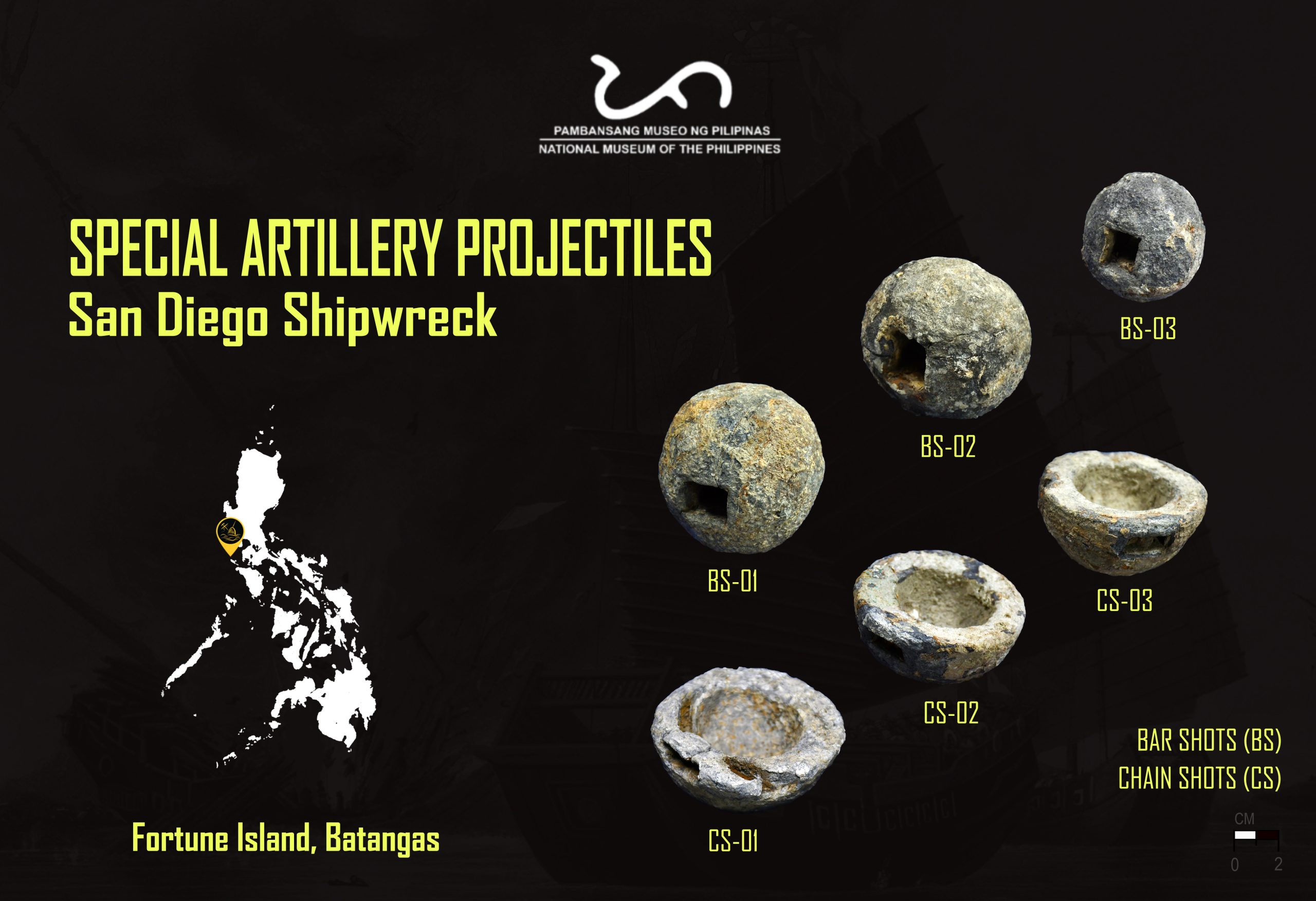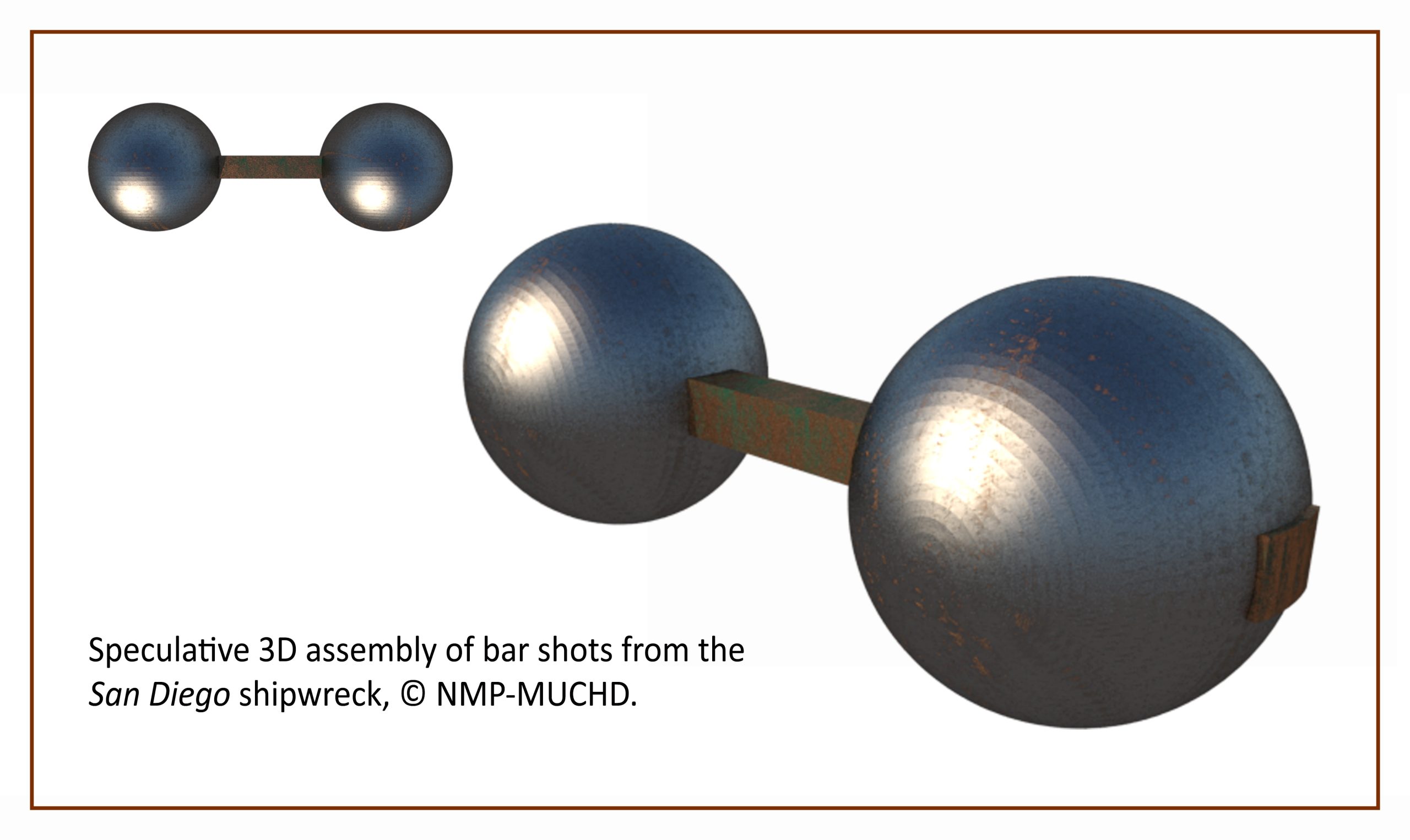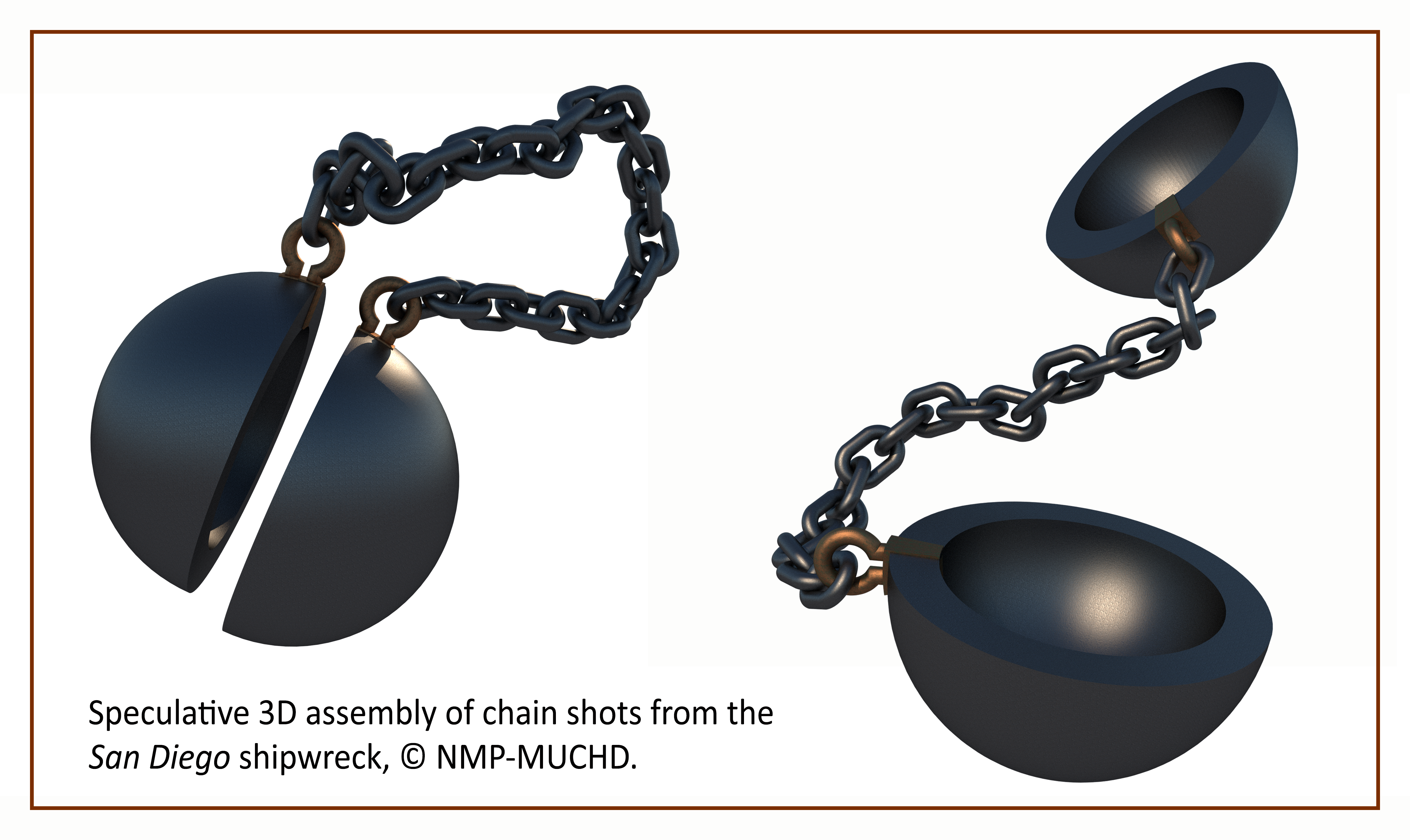Via Crucis studies by National Artist (NA) for Visual Arts Jeremias Elizalde-Navarro (1924–1999)
The #NationalMuseumPH celebrates World Art Day and joins Roman Catholics in the observance of Good Friday #OnThisDay, with an exhibition of the two sets of Via Crucis studies by National Artist (NA) for Visual Arts Jeremias Elizalde-Navarro (1924–1999) in the Museum Foundation of the Philippines Hall (Gallery X) of the National Museum of Fine Arts.
These two sets of studies—one on pen and ink, and the other, graphite and ink wash on illustration board, were completed in 1973, the same year that Navarro was appointed Director of Graphics of the Design Center of the Philippines. These significant additions to the National Fine Arts Collection were made by the National Museum of the Philippines through acquisition in 2020 from the late Emma Villanueva Navarro. The Via Crucis or the Stations of the Cross depict the events of the Passion of Christ, from his condemnation to his entombment.
In 2019, UNESCO (United Nations Educational, Scientific and Cultural Organization), during its 40th session, proclaimed April 15 of every year as World Art Day. This is to “promote the development, diffusion, and enjoyment of art.” Art continues to unite us and connects to us even in the most difficult circumstances—most especially in this time of the pandemic.
Born in San Jose de Buenavista, Antique, Jeremias “Jerry” Elizalde Navarro graduated from the University of Santo Tomas (UST) with a degree in fine arts in 1951. He pursued his graduate studies in New York City, returned to teach at the University of Santo Tomas, and later on taught at the Randwick University in Australia. Navarro experimented with various media and techniques. He also represented the Philippines in numerous art competitions abroad. Navarro was proclaimed National Artist for Visual Arts in 1999.
In observance of Holy Week, the National Museum complex in Rizal Park will be closed from Maundy Thursday to Black Saturday. You may view National Artist Navarro’s Via Crucis starting Easter Sunday, as we resume our regular museum hours. Admission is free and walk-in visitors are accepted.
#WorldArtDay
#GoodFriday
#MuseumFromHome
Text and photos by NMP-FAD
© 2022 National Museum of the Philippines














